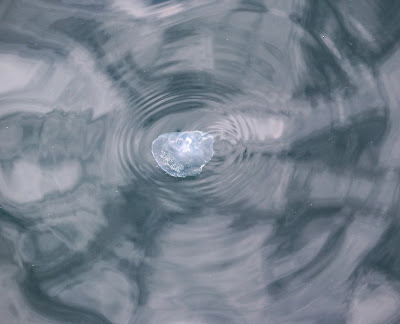| The Lundy Cabbage, Coincya wrightii, is a species of primitive brassica growing only on Lundy and nowhere else in the world. Its nearest relative grows in southern Spain and North Africa. It is likely that Lundy is far enough away from the mainland to have allowed the plant to evolve into a separate species.It is one of about a dozen endemic plants in the British Isles. However, even amongst this select company, it stands out. It is unique in having its own endemic insects. There is a Bronze Lundy Cabbage Flea Beetle, Psylliodes luridipennis, and the Lundy cabbage weevil Ceutorhynchus contractus pallipes, which live only on this plant. If all the areas of growth on the Island were put together, it would cover a square of about 100m, which, for the total world population of a plant, is miniscule. Wow, fancy that. Rare it may be but it's a cabbage in name only as it is considered to be inedible by many. I tasted a leaf and it's not that bad. Mind you, my hair fell out soon after so that probably wasn't a good idea. |




















No comments:
Post a Comment